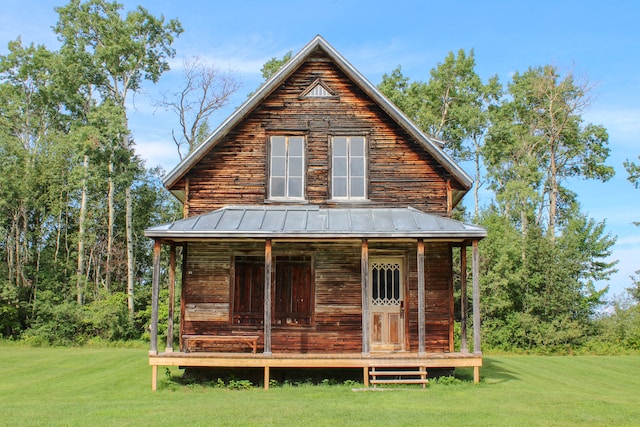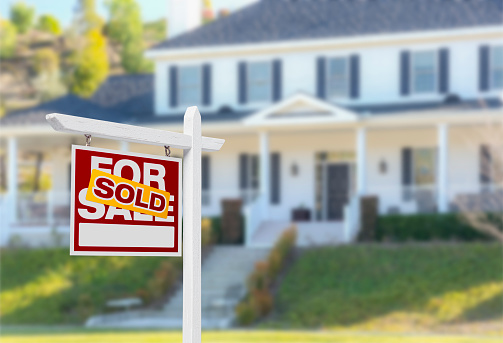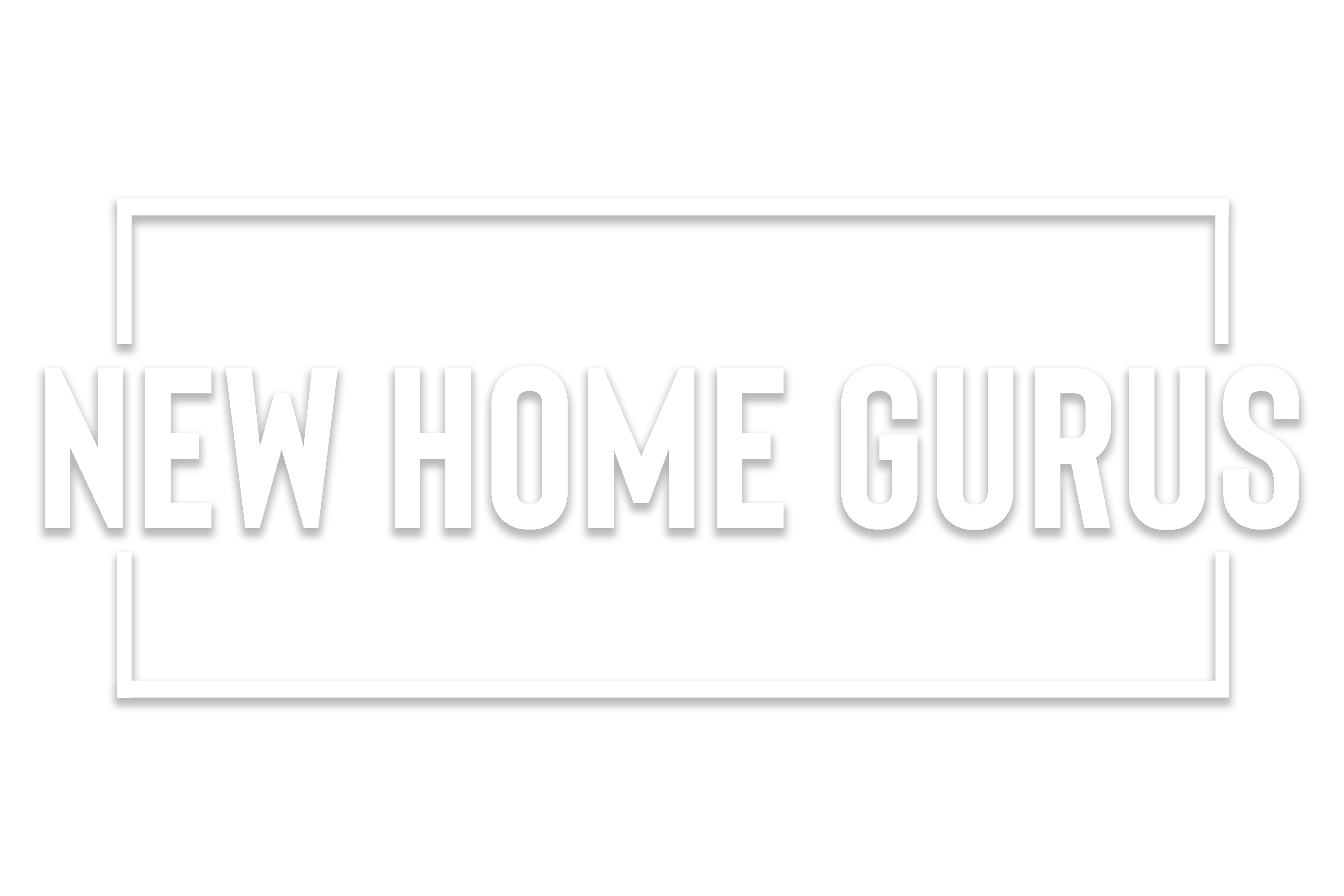Compare the Pros vs. Cons of Move-In Ready Homes vs. Fixer-Uppers, So You Know What to Expect & Buy
Buying a house can be a lot easier when you know what you’re looking for — and when you have a crystal-clear idea of what you do NOT want.
As you consider the options, you’ll need to figure out whether you’re in the market for a move-in ready house or a fixer-upper.
Here’s why and how that one piece of knowledge can really help you going forward.
Move-In Ready vs Fixer-Upper: What’s the Difference?

The condition of the house is the main focus when we’re talking about move-in-ready homes versus fixer-uppers. That’s because the distinction here lies in the facts that:
- Fixer-uppers need work, renovations, and repairs to make them comfortable and, in some cases, inhabitable. While you may be able to live in a fixer-upper while renovating it, that likely means living without some basic comforts, like water, heating, air conditioning, and/or access to every room in the house. It could also mean living in a construction zone while the house undergoes repairs.
- Move-in-ready houses, as the name implies, are ready for you to live in with at least the basic comforts of a modern home. That means you generally don’t have to do much, aside from moving your furniture and personal items in, to make the house inhabitable.
Both fixer-uppers and move-in-ready houses have their own advantages and potential drawbacks, highlighted below.
5 Advantages of Buying a Fixer-Upper House

First-time homebuyers, level-uppers, and others often set their sights on fixer-uppers because they want to take advantage of benefits like:
- Lower purchase prices: Fixer-uppers tend to be priced lower than comparable homes that are move-in ready. That’s usually because sellers understand that buyers will have to invest some extra money in repairs. Depending on what those repairs are, prices for fixer-uppers could be discounted marginally or substantially. For example, a fixer-upper that needs a new roof or foundation will likely have a lower asking price than a comparable house that only needs new kitchen appliances. These lower asking prices can be very attractive for first-time buyers on a budget who like projects, among others.
- Personalization: With fixer-uppers, you can redesign, reorganize, and totally refresh the interior and/or exterior of a house. That can give you the opportunity to put together your dream home, with thoughtful details and custom touches that can make your day to day more convenient and comfortable — and that can make your house the ideal space to relax, entertain, and enjoy life.
- Potential equity gains: With lower purchase prices and renovations, fixer-uppers can offer the opportunity to see some real equity gains, particularly if you’ve made prudent improvements to the house and local property values are on the rise.
- Access to preferred neighborhoods: Some of the hottest neighborhoods can be really difficult to get into because people simply aren’t selling and moving out. Fixer-uppers can give you an “in” to these more exclusive areas, including “reach” neighborhoods with higher-priced homes (because fixer-uppers tend to come with discounted purchase prices).
- Less competition in the home buying process: Not every homebuyer wants to buy a project. In fact, more and more buyers want move-in-ready homes. That can make the fixer-upper market far less competitive. It may even give you a bit of an upper hand in offers and negotiations, especially if you know you’re working with a highly motivated seller.
4 Potential Downsides of Buying Fixer-Upper Homes

With fixer-uppers, you could be biting off more than you’re ready to chew if you aren’t prepared for factors like (and not necessarily limited to):
- Renovation costs: What repairs does the house need? Get a home inspection before you buy so that you’re fully aware of the renovations you may need to do if you own the home. What you save on the front end of the purchase could disappear quickly when it’s time to pay for repairs if you haven’t done your homework. In fact, those who don’t run the numbers ahead of time can end up underwater later.
- Time, effort, and stress: How long will it take to complete the renovations? Can you do some of the work yourself? If not, what’s it going to take to screen, hire, and oversee home contractors to repair your fixer-upper? Even if you have the money to cover renovations on a fixer-upper house, you may not have the extra time to take on this complex project. Or you may not want the extra headache, stress, or commitment involved in being a de facto “foreman” in your own home.
- Financing: Many traditional lenders and lending options prefer move-in ready houses over fixer-uppers. That can make it challenging to find financing for fixer-uppers, especially for first-time buyers who may not have down payments or the best credit.
- Planning: If you dive into a fixer-upper without a plan, you could end up with a real money pit. So, if you’re not a planner and you don’t like being tied down to a long-term activity that will require a lot of ongoing planning (and adjustments along the way), you may want to think twice about shopping for a fixer-upper.
5 Advantages of Buying a Move-In Ready House

Most homebuyers are looking for move-in ready houses because these homes offer several benefits, like (and not limited to):
- More predictable costs: Move-in ready homes won’t typically come with major renovations right after you buy. That means you can budget for the purchase price and closing costs without worrying about having to shell out more for a big-ticket item right after you move in. With that, you can get a better grip on your costs and even budget for some cosmetic updates, like fresh paint.
- More convenience and comfort: You can live in a move-in ready home as soon as you get the keys, enjoying functional appliances, plumbing, and electricity. In other words, you won’t have to live without any essentials with move-in ready homes, giving you an inviting place to call home right after you buy a house.
- Less stress: If you get a home inspection when you’re buying a move-in ready home, you can generally anticipate fewer uncertainties. That can go a long way to reducing stress in the home-buying process while giving you more peace of mind that you’re making a sound investment in a house.
- Time savings: You’re not going to be spending time on home renovation projects with a move-in ready home (unless you want to, that is). That can save you an immense amount of time and minimize disruptions as you move from a prior home into your new move-in ready house. If you have a super busy life, this time savings — coupled with less stress in the process — can be invaluable.
- More financing options: With traditional lenders usually preferring move-in ready houses, you may have more financing choices and loan options to choose from with these homes. That could mean better interest rates, more flexible terms, and more attractive financing, making move-in-ready homes a no-brainer choice for many buyers.
3 Factors to Think Twice About With Move-In Ready Homes
Move-in ready homes can come with their own challenges and potential downsides, depending on what you want and need in your next home.

That’s why it’s crucial to think twice about factors like the following with move-in ready houses:
- Higher purchase prices: Move-in ready homes tend to be priced higher than comparable fixer-uppers. If you’re shopping in a popular neighborhood or a seller’s market, that could come with the risk of overpaying for some homes, especially if buyers end up in bidding wars.
- Minimal customization: With move-in ready houses, you aren’t going to change the placement of windows, walls, or other structural features. Instead, you’re getting the space as you viewed it online or in person. That can mean little chance to alter things like flow, natural light, and room square footage.
- More competition to buy: With more buyers in the market for move-in ready houses, you can face more competition trying to buy these homes, particularly in some neighborhoods and during certain times of the year. If you’re trying to buy in a more competitive market, you may have to act faster to view homes, put in offers, etc. because houses simply aren’t staying on the market for very long.
Should I Buy a Fixer-Upper or Move-In Ready House? The Bottom Line

With fixer-uppers and move-in ready houses, it all comes down to your budget, how much time you have, and what you really want in your next home.
There are very good reasons to invest in fixer-uppers in Texas and move-in-ready homes in Houston, Dallas, Austin, San Antonio, and beyond.
There are also a lot of potential pitfalls that could trip you up if you get ahead of yourself in the home-buying process.
The good news is that you don’t have to make this decision or other big ones about offers, negotiations, and closing alone. An experienced Realtor® at New Home Gurus can guide you every step, whether you’re a home buyer or a seller.
In fact, we work with home buyers and sellers across Texas, helping with offers, negotiations, and all aspects of closing. Plus, we split our commission with our clients after closing.
Homebuyers and sellers who work with New Home Gurus can get back an average of $4,500 to $12,000 at closing.
How Much Cash Can You Get after Closing?
Call (281) 668-8124 or Contact Us to Find Out Now
We are standing by, ready to answer your questions and explain the details of our commission-sharing program.

